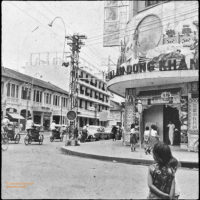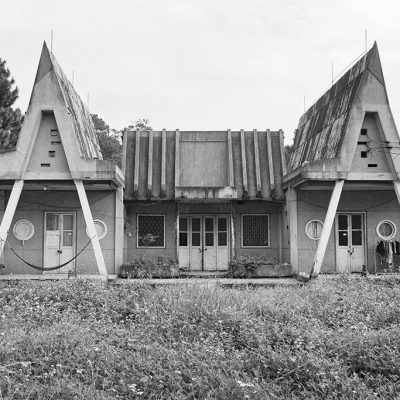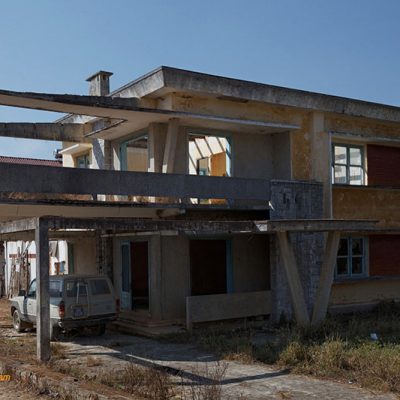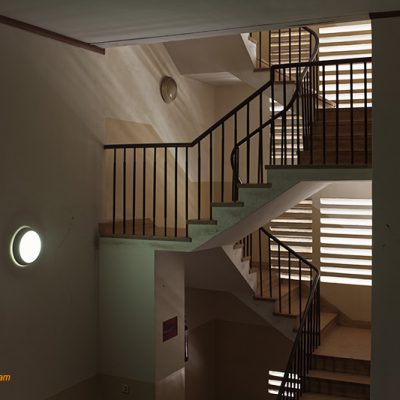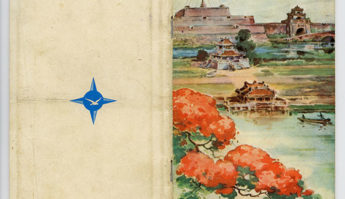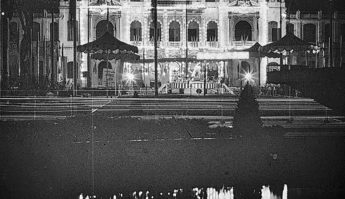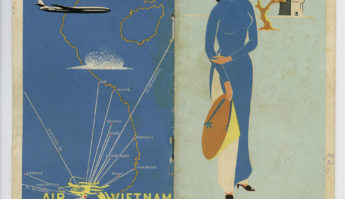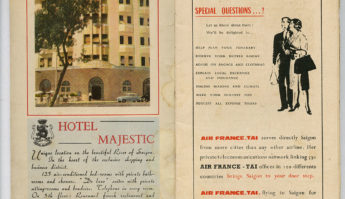Vietnam War – Archive album – American POW Pilot and North-Vietnamese anti-aircrafts defense
This album of photos, recently acquired by the gallery, offers a glimpse of previously unknown pictures, never before displayed. This is especially significant because it is a personal album, likely belonging to a professional photographer from North Vietnam, providing a unique perspective from the “other side.”
Prisoners of War and iconic photo “Burst of Joy”
The album shows an rare photo of a pilot captured and his jet destroyed in September 1965. Our research is on going to identify this pilot.
Held in various locations, including the infamous “Hanoi Hilton,” they endured harsh conditions despite the Geneva Conventions. The North Vietnamese used them for propaganda, attempting to extract false confessions. Notable figures like Everett Alvarez Jr., John McCain, Jeremiah Denton, and James Stockdale became symbols of this endurance.
The iconic Pulitzer Prize-winning photograph “Burst of Joy,” taken by Associated Press photographer Sal Veder on March 17, 1973, at Travis Air Force Base, captures the emotional reunion of Lieutenant Colonel Robert L. Stirm with his family after over five years as a POW in North Vietnam. The image became a powerful symbol of the joyous homecomings during Operation Homecoming. Despite the apparent pure joy in the photo, Stirm had received a “Dear John” letter from his wife shortly before his release, adding a layer of bittersweet irony to the moment
Our archive of the Philadelphia Inquirer from April 30, 1975, the day the war ended, features this photograph prominently among the iconic images chosen to represent that “strange and violent war.”
Operation Rolling Thunder
Operation Rolling Thunder was a major U.S. bombing campaign during the Vietnam War from March 1965 to October 1968, aimed at pressuring North Vietnam’s communist leaders and weakening their war effort against South Vietnam. It marked a significant expansion of U.S. involvement in the war.
The campaign gradually intensified, moving from southern North Vietnam to a broader range of targets. By mid-1966, U.S. airstrikes targeted military and industrial sites throughout North Vietnam, except for Hanoi, Haiphong, and a buffer zone near China. Alongside the bombing, President Lyndon B. Johnson increased U.S. ground troop deployment, escalating direct American involvement in combat.
Archives photos of the North Vietnamese anti-aircrafts defense
Over the course of the Vietnam War, North Vietnam built a strong and increasingly advanced air defense system. This system comprised several key components: a widespread network of Anti-Aircraft Artillery (AAA), which evolved to include radar-guided and more accurate guns; Soviet-supplied Surface-to-Air Missiles (SAMs), particularly the SA-2 “Guideline,” which forced the U.S. to adapt its tactics and develop countermeasures, with later deployment of more advanced SAMs; MiG fighter interceptors flown by the Vietnam People’s Air Force (VPAF), including MiG-17s, MiG-19s, and MiG-21s.
Pilot POW Post-war healing monument
There is a monument in Hanoi that commemorates the capture of John McCain during the Vietnam War. It’s located on the western shore of Trúc Bạch Lake (Hồ Trúc Bạch) in the city. While initially intended to commemorate the Vietnamese victory, the monument has evolved into a symbol of complex relationship and reconciliation between the U.S. and Vietnam.
For more insight read the article “Strategic Remembering in Vietnam-US Relations: How a Monument of War Turns Into a Marker of Peace” by Anh Ngoc Quynh Phan, Thi Gammon











